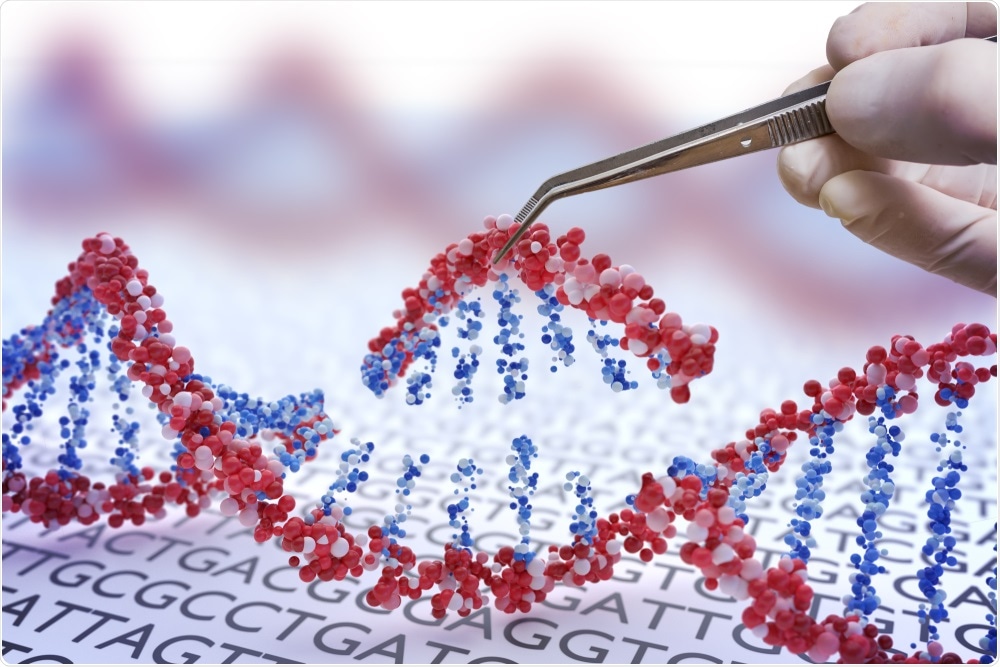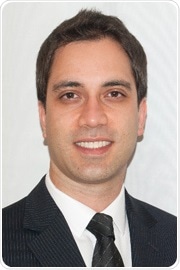Sponsored Content by RevvityMar 14 2019
In this interview, Masoud Toloue, vice president of Applied Genomics at PerkinElmer, provides an overview of the chemagic™ Prime™ Junior Instrument and gives his inside tips for scientists thinking of purchasing this product.
How are nucleic acids typically used by researchers?
Recent advances in molecular biology are making a significant impact on clinical diagnosis, drug discovery and other related areas. Methods used by researchers in these fields include NGS for transcriptomics, metagenomics analysis, long-read sequencing, as well as targeted sequencing and PCR analysis.
 vchal | Shutterstock
vchal | Shutterstock
What are the main challenges for researchers when carrying out an assay such as PCR?
Most applications used for analyzing DNA or RNA require high quality input, and many of the challenges researchers face when analyzing nucleic acids are generated during the isolation step. These issues include inhibitor carryover, the fragmentation of the nucleic acid during isolation, cross contamination, and processing bottlenecks.
What is the chemagic Prime Junior instrument and how does it address these issues?
PerkinElmer’s chemagic Prime Junior instrument, in combination with the chemagic kits, enables a streamlined workflow from primary sample to ready to use nucleic acids. The instrument performs eluate handling and has reserved deck space for automated PCR, NGS or general assay setup. It is compatible with any human sample materials and delivers clean, high molecular weight DNA ready to use for PCR and NGS analysis.
The chemagic Prime Junior instrument uses proprietary chemagen™ technology to capturing nucleic acids using M-PVA magnetic beads, which are subsequently attracted to metal rods transiently magnetized by an electromagnet. The magnetized rods transfer the M-PVA magnetic beads through the different processing solutions, avoiding potential sample cross-contamination by eliminating the liquid transfer steps used with other nucleic acid extraction technologies.
The rod rotation is switched on after deactivation of the electromagnet, leading to efficient and homogeneous resuspension of the particles during the sample resuspension and the subsequent washing steps. This proprietary process allows the chemagic Prime Junior instrument to deliver high yields of pure nucleic acids, which are not fragmented during processing. Automating nucleic acid isolation with the instrument minimizes user intervention and extraction-to extraction variability.
Which applications are currently available for the chemagic Prime Junior Instrument?
To serve the unique needs of users and keep the operation as convenient as possible, PerkinElmer offers a choice between two kits, covering a wide range of human sample materials, independent of volumes and targets. This reduces costs and facilitates the warehousing of kits, available for the isolation of genomic DNA or viral and bacterial DNA and RNA.
How easy is it to set up an assay using this instrument?
The set-up for 48 samples can be completed in less than 10 minutes. The operator places the primary samples, consumables and magnetic beads on the deck of the chemagic Prime Junior instrument. Next, the kit reagents are dispensed automatically according to the number of samples used in the run. PerkinElmer’s easy-to-use software also guides the operator through each of these steps.
If you could send one message to a scientist who is thinking of purchasing this instrument, what would it be?
The chemagic Prime Junior Instrument was designed to alleviate many of the challenges researchers face by reducing inhibitor carryover, fragmentation of the nucleic acid during isolation, cross-contamination and processing bottlenecks.
About Masoud Toloue
 Masoud Toloue, Ph.D., is the vice president and general manager of Applied Genomics at PerkinElmer. Masoud graduated from the University of Buffalo with a Ph.D. in Molecular Biology. He completed a Postdoctoral Fellowship in Biochemistry at the University of Texas Health Science Center, San Antonio, where he studied membrane protein structure and function. He is the recipient of several grants and patents from the National Institutes of Health and the National Science Foundation.
Masoud Toloue, Ph.D., is the vice president and general manager of Applied Genomics at PerkinElmer. Masoud graduated from the University of Buffalo with a Ph.D. in Molecular Biology. He completed a Postdoctoral Fellowship in Biochemistry at the University of Texas Health Science Center, San Antonio, where he studied membrane protein structure and function. He is the recipient of several grants and patents from the National Institutes of Health and the National Science Foundation.